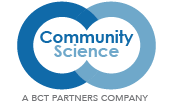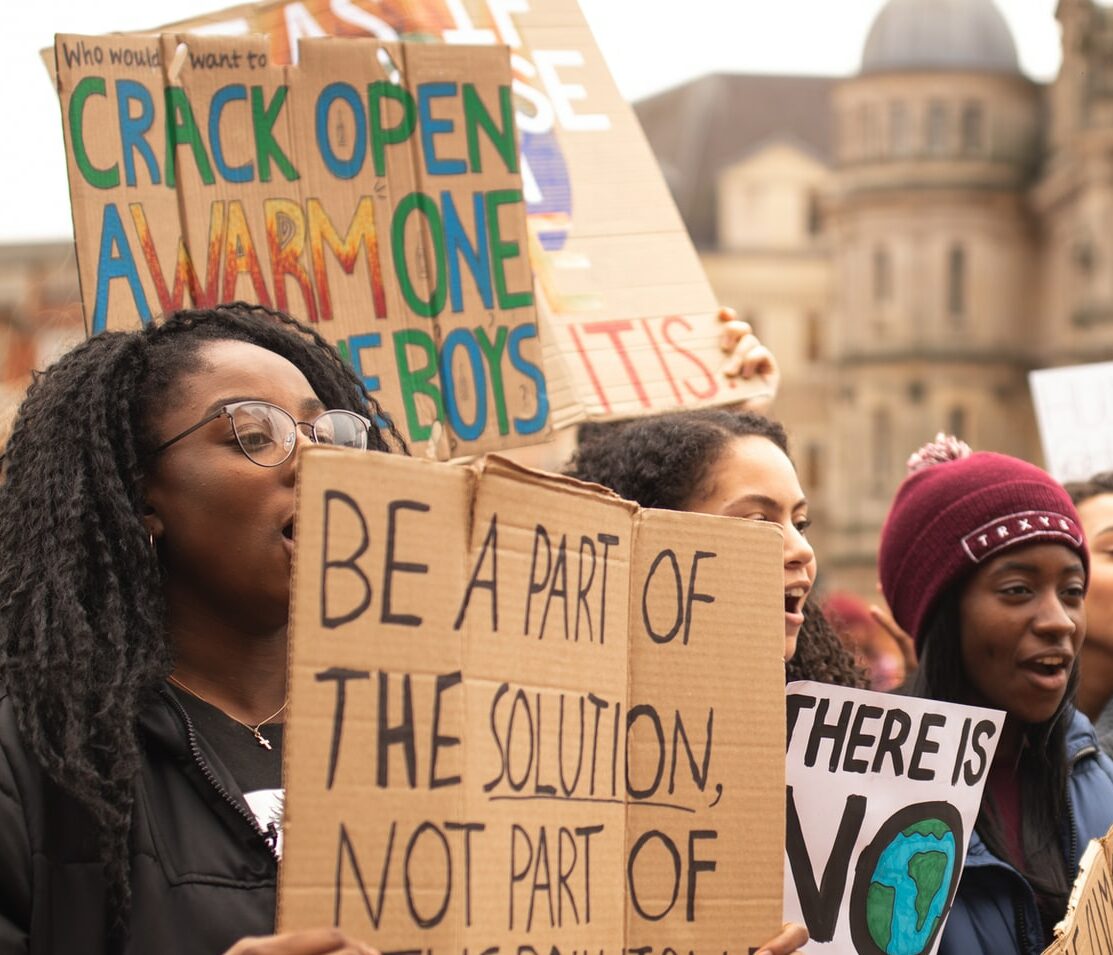Over my last few posts, I covered seven strategy traps that limit philanthropy’s impact, why a better approach is necessary, the approach’s five principles, and a deeper dive on Principle One: Lead with equity and justice. The approach applies to strategic planning and strategy around developing programs and initiatives.
Now it’s time to explore Principle Two: Recognize the big problem to solve. If one agrees that a solution should match the problem it is meant to address, this step is essential. It’s also commonly skipped.
Here’s one typical pattern: Look at data around poor outcomes, possibly disparities, in health, education, employment, etc. Note the lack of improvement for several years. List out focus areas, goals, solutions. Maybe create a formal theory of change (that makes it official). Go implement. Perhaps attempt to evaluate effectiveness. Problem solved! Wait, which problem…?
I see other patterns, such as cycling through every challenge throughout the social sector and defining a “complex social problem” to match a solution after it was chosen.
What do all of these patterns miss? Specifying what causes disparities, how, and why. In other words, the root causes. In this case, the “what,” “how,” and “why” are all important.
What do these patterns mean for your foundation’s strategy, grantmaking, programs and initiatives, and ultimate results? At best, work that makes a difference but also stops short of moving the needle. At worst, a disconnect, spinning wheels, frustration, or even perpetuation of disparities.
Now, I fully understand the many reasons for skipping this step. It may seem irrelevant, out of scope, daunting, tedious, complex, ambiguous, add odds with demonstrating results, or a combination.
However, getting a better handle on the big problem will magnify your foundation’s impact. It doesn’t matter the type of foundation, grantmaking budget, impact areas, types of programs and initiatives, or level of sophistication around equity and justice. If your foundation is ready to build on its current results, increase the leverage of its resources, contribute to moving the needle, and move closer to its greatest aspirations, read on.
What is the Big Problem?
The big problem is what has driven disparities since the founding of this country. It underlies nearly every program area philanthropy aims to address. It causes countless other challenges we see throughout the sector. It shows up within philanthropic institutions themselves.
The big problem comprises two equally important parts: 1) The systems, and 2) What keeps systems in place. Depending on your foundation’s stage in its equity and justice journey, it may want to dig further into the first, the second, or both.
The Big Problem Part 1: The Systems.
Systems own the central role in driving inequities and injustice. This assertion is pointed to by significant research evidence, history, members of communities that are historically disadvantaged and excluded, and the organizations and leaders supporting these communities each day. The direct result is disparities – based on race, class, other demographic factors, and geography – in every area of life from birth through older adulthood.
We define systems as the individual and groups of institutions, laws, and policies that collectively shape the broader conditions and environment in which people live. A few examples are listed below.
| The System | Parts of The System | The Experience for Members of Disadvantaged Communities |
|---|---|---|
| Early Childhood | Early care providers, pre-K programs, vouchers | Lower access to quality early care |
| Health | Health care systems, insurance providers | Lower access to health care services; discrimination in quality of care |
| Education | School districts, school boards, post-secondary institutions | Lower quality schools; extreme discipline for similar infractions |
| Economic Opportunity | Employers, employment policies (compensation, hiring, safety, etc.) | Discrimination in hiring and advancement, lower availability of good quality jobs |
| Criminal Justice | Police, courts, sentencing policies | Disproportionate police violence and sentencing, mass incarceration |
| Civil Rights | Voter ID and other laws, civil protection laws, immigration policies | More significant barriers to voting participation, accessing basic services |
| Core Needs: Food, Housing, Transportation, others | Developers, local and state government, public transit, zoning and land use policies, grocers | Lower access in every one of these, with residential segregation as a big driver |
While many of these systems may operate pretty distinctly, members of disadvantaged experience all of their effects together on a daily basis. For example, living in a segregated, higher-poverty area makes it harder to access quality education, making it harder to obtain a good quality and well-paying job, making it harder to have stable housing, making it harder to stay healthy or do well in school…and so on.
The Big Problem Part 2: The Forces Keeping Systems in Place.
“There is no such thing as a broken system. Each system is perfectly aligned to achieve the results it currently gets.” – Ron Heifetz of the Harvard Center for Public Leadership
Part 2 entails naming why systems operate the way they do: by design. Systems behave according to deliberate decisions that typically benefit stakeholders that currently hold power (and thereby control those decisions). It’s not just a lack of awareness, pure chance, or dysfunction.
Part 2 makes systems simpler to understand as it explains every systemic behavior listed above. If you see any policy that seems unfair, you can bet someone, somewhere, benefits or is in fear of losing something financially, politically, professionally, or personally. Disadvantaged and excluded communities have little to no power in influencing these decisions. Consider that many systems at play were initially designed to achieve results that are not inherently equal or just.
| Examples of Systems Decisions |
|---|
| How school district budgets and experienced teachers are distributed across schools in different neighborhoods, whether developers build affordable or luxury housing, where police show up and who they stop for various reasons, how much employers pay and the floor set by government regulations, which job candidates are hired, who gets a small business loan or mortgage and what rate they pay, where grocery stores and health care facilities are located, where bus stops are placed, how much funding goes toward various public benefits and who is eligible for them, and yes, how foundations make grant decisions. |
There are always multiple sides to these decisions, with choices being made based on tangible incentives and perceived tradeoffs. The sides are frequently split along political lines. Negative narratives and biases around disadvantaged communities (also deliberately crafted) influence or help justify those decisions that maintain the status quo or make things worse. For example, it helps to remember that racism itself was deliberately constructed for economic benefit.
If your foundation aims for systems change, Part 2 of the big problem has significant implications for its strategy. For example, there are many critical, well-developed calls and recommendations for systems to act differently. A web search reveals titles such as “How to Actually Fix America’s Police,” “4 things mayors can do to address COVID-19 racial disparities,” and “The 10 Commitments Companies Must Make to Advance Racial Justice.” Part 2 means that targeted strategy is required to make these changes actually happen.
What to Do About It?? Implications for Your Foundation’s Strategy
“Programmatic solutions can help people beat the odds, which is fundamentally necessary. Changing systems can help change the odds.” – Jillian Rosen, Ann Arbor Area Community Foundation
The big problem is, well, big. Some good news is that the behavior of systems comes down to a few basic patterns that have been in place for centuries. That means researchers, advocates, service providers, and communities have extensively studied and addressed these patterns. Your foundation may also already be exploring these patterns through training on diversity, equity, and inclusion.
| Foundations Acting on the Big Problem |
|---|
| The Ann Arbor Area Community Foundation aims to improve the multiple systems affecting healthy & fulfilling aging and aging justice in Washtenaw County, MI. The Colorado Trust is supporting work to influence systems affecting health equity across the state of Colorado. The Central Valley Community Foundation is addressing economic development systems in Fresno, CA. The Schenectady Foundation is looking broadly at education, health, housing, and other systems in Schenectady city and county. The Kellogg Foundation makes a combination of systems change and programmatic grants in its target geographies. The Robert Wood Johnson Foundation is considering how systems can support a culture of health. |
If your foundation is ready to take on systems change, there are strategic approaches to do so. If your foundation focuses on narrower problems through targeted grantmaking, programs or initiatives, understanding the big problem as the context has significant implications for undertaking them more effectively.
Stay tuned for the next post on Principle Three: Prioritize What Makes Change Happen. In the meantime, please refer to this white paper for more detail, colorful pictures and fancy diagrams, and next steps that your foundation can start making today.

